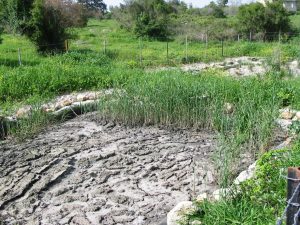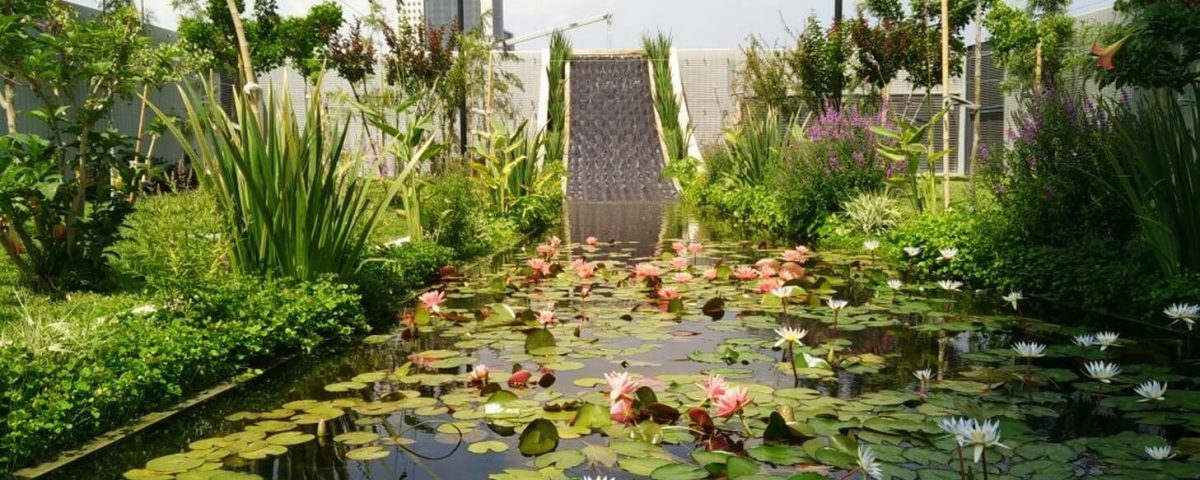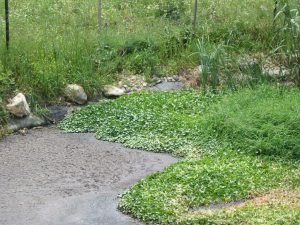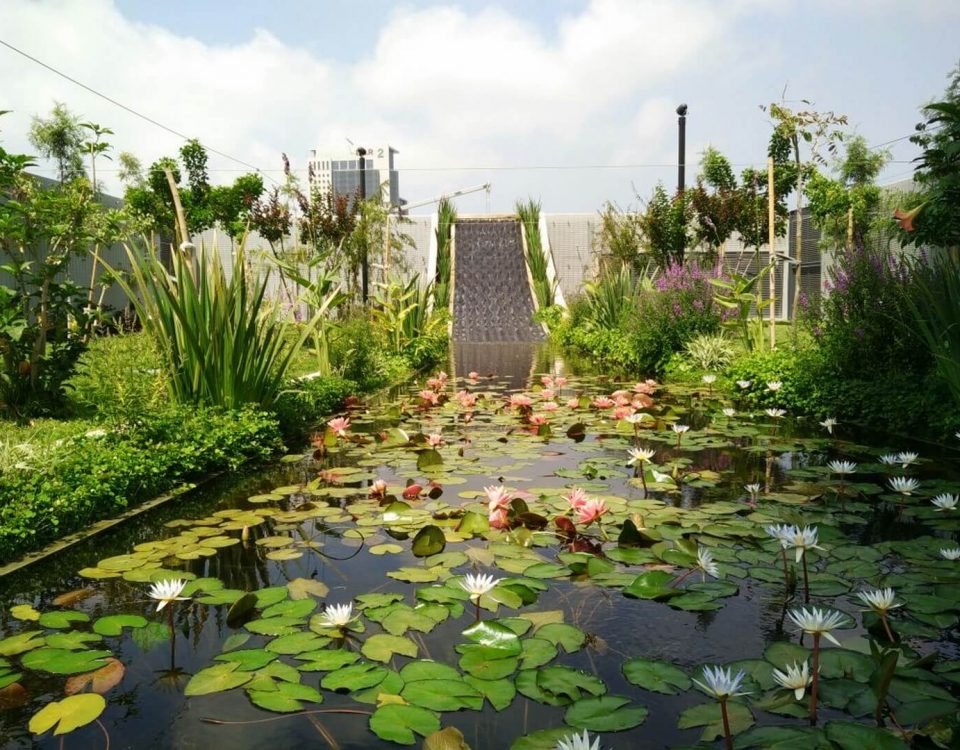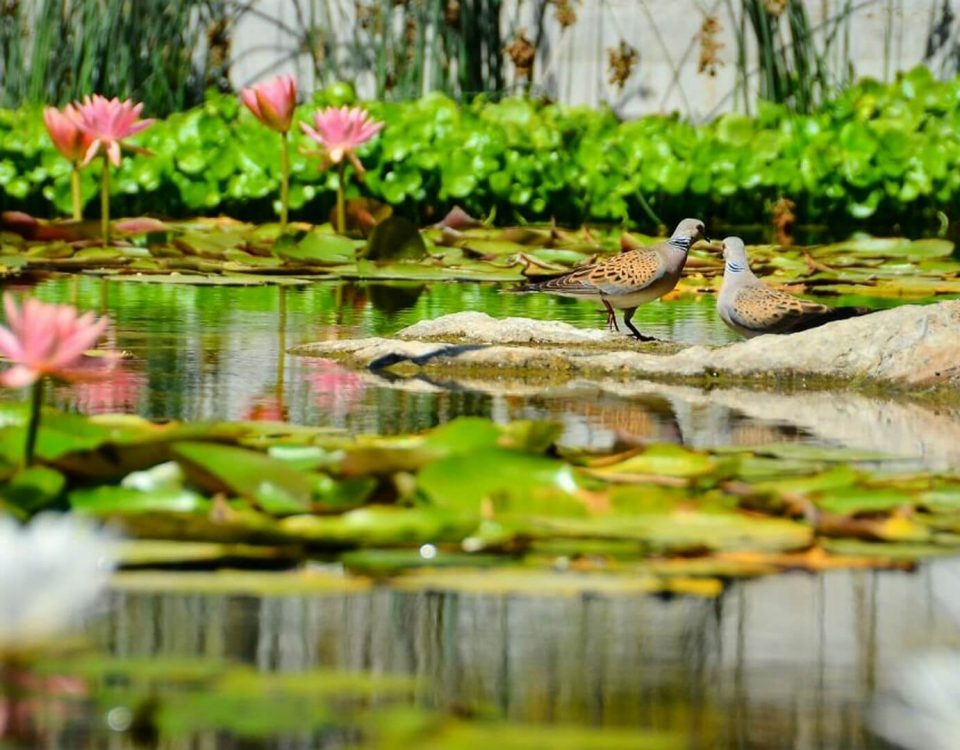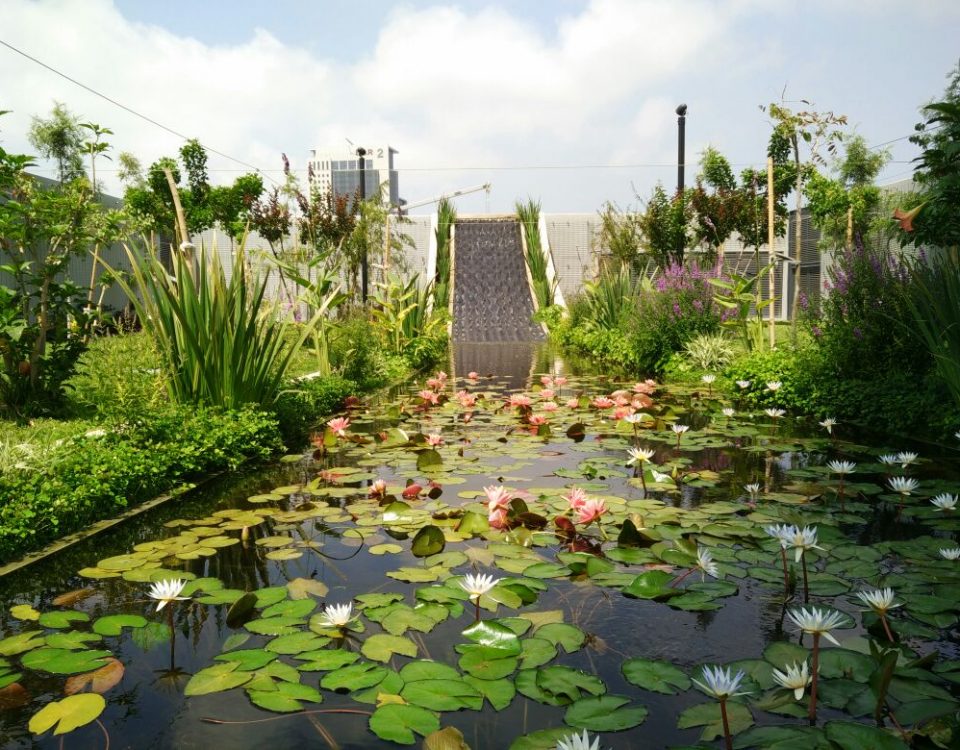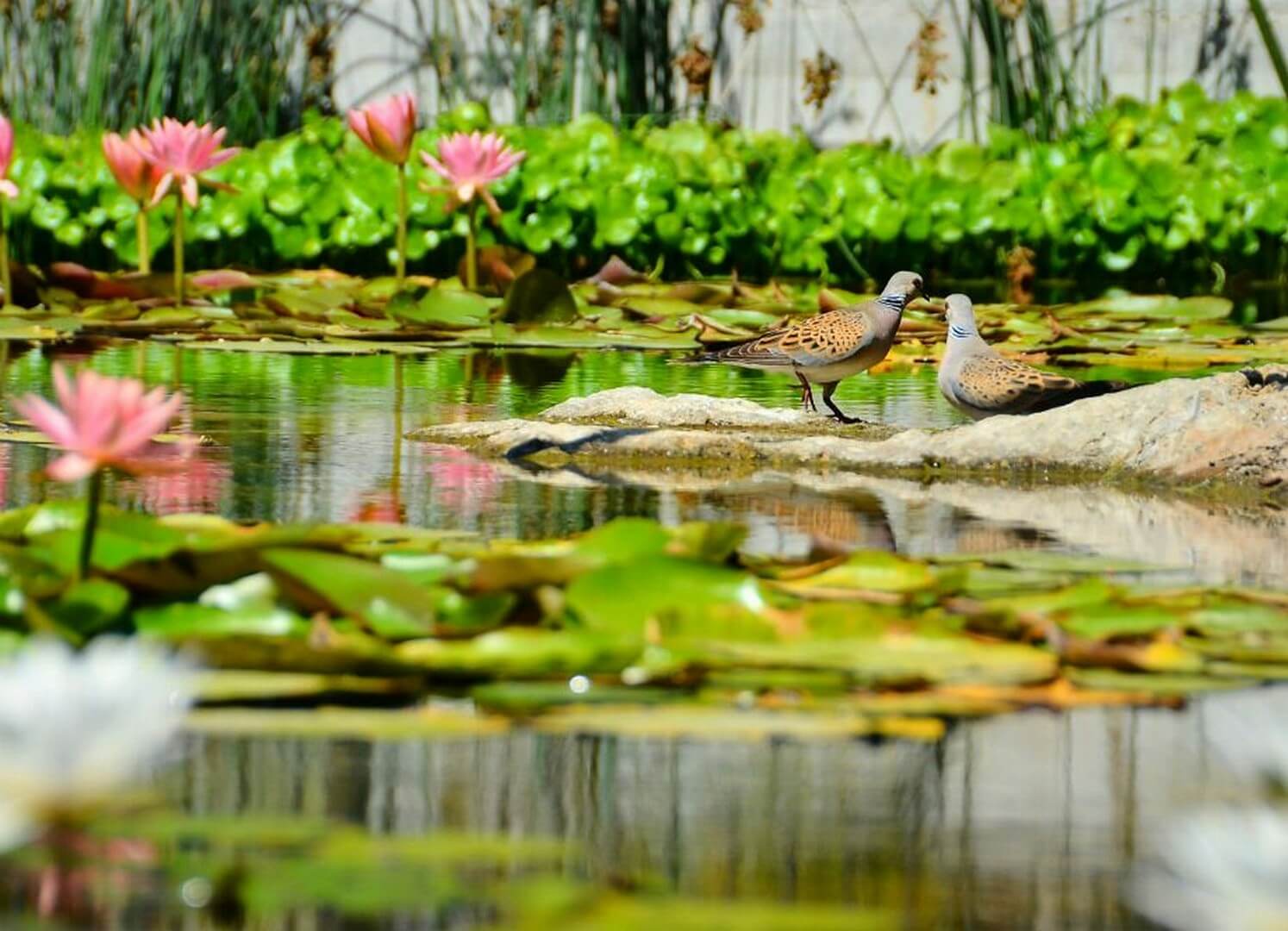
טיפול בשמנים מינרלים ופנולים על ידי צמחי מים
אוקטובר 24, 2016
Constructed wetlands at the Seven Mills Site
אוקטובר 24, 2016Israel is one of the most advanced countries in the world in recycling and reuse of sewage water. Lack of land and fresh water, rapid population growth, intensive agriculture and heavy industry, create a huge demand for water.
This demand is met through recycling and desalination.
Unfortunately, both recycling and desalination damage the environment severely. The purification plants cannot meet government regulations and the products created have high levels of pollutants such as Boron, Chlorides, Hormones, BOD, COD, TSS etc. Soil irrigated with purified sewage water degrades over time.
The purification process is energy intensive which creates additional pollution and raises the price of the purified wastewater.
Constructed wetlands are an eco-friendly solution for wastewater purification.
The method enable us to cope with a large variety of pollutants including heavy metals, salts, Boron, Hydrocarbons, Pathogenic microorganisms, and of course BOD, COD, TSS and other standard parameters for measuring wastewater quality. The building costs are even or lower than conventional purification plants, maintenance is simple and inexpensive, and the quality of the purified water can support life in reservoirs, rivers, or on land.
In Israel and around the world, the advantages of the constructed wetland are being acknowledged and more and more systems are being used as polishing treatments for large scale sewage plants' in gas stations, industry, municipal systems and dairy farms.
Israel is a leader in productivity of milking cows creating a huge demand for treatment of dairy farm waste.
OFRA AQUA has built several purification systems for dairy farms around Israel. One example which will be presented in this paper is a village called Kibutz Lotan. Lotan is located in the southern desert of Israel where temperatures can reach 45 degrees Celsius in the summer. In addition, the water salinity is high.
The community demands were as follows:
- Purification of sewage water, including: 600 milking cows and the whole village's municipal human sewage waste. Total daily flow capacity of 365 Cubic meter.
- The quality of the water created should be of very high quality (less than 5 BOD)
OFRA AQUA designed and built a CW system which treated the water from its raw phase to the last needed final stage, as follows:
First stage: A passive separator separates straw and most of the organic particles. The separator was built at the outlet of the milking plant. This design reduces the potential of an increase in dissolved organic load in the water.
The separation is done by a chain of chambers and wetlands in which the organic load is reduced and the sludge is dried. The sludge is emptied out by tractors periodically and after a drying on a secondary surface, is used as compost.
Second stage: Underground settling chamber. Designed for a settling time of more than 24 hours. The underground chamber contains 3 chambers in a row which allows pumping out sludge during operation with no interruption to the process.
Third stage: Constructed wetland.
The CW system is composed of two parallel rows of 7 ponds in each. The surface area of each pond is 640 Sq/m. The two rows allow more flexibility in operation.
The water flows in a subsurface flow ensuring an odor free process.
The purified water drains into the bird observation lake. Excess water is used for irrigation.
This system marks a new approach in wastewater purification:
- Use of mechanical-phytobiological elements as first stage treatment of dairy sewage.
- Complete ecological system that treats agriculture and sanitarian municipal sewage on within the same process.
- Attempt not to use no electric any power demanding mechanism at all
- Purifying sewage water at the source of its creation and reusing the purified water as a source of new income (Bird Park, compost, irrigation water).
A less ambitious example is a privet dairy farm of 150 milking cows.
In this case, an existing passive settling pond is used as first stage, then a second pond that is half settling half plant treatment, and 2 wetlands. Total area: 120 m2.
The farmer required water quality that meets the requirements for emittance to public sewage systems, but in fact the results were good enough for olive irrigation.
Enclosed are some pictures and laboratory results for this system:
BOD
| date | BOD | Location of sample |
| 11.7.02 | 7000 | In |
| 11.702 | *Out | |
| 25.7.02 | 518 | In |
| 25.7.02 | 260 (49.8%) | Out |
| 20.8.02 | 1026 | In |
| 20.8.02 | 115 (88.8%) | Out |
| 04.09.02 ** | 1100 | In |
| 04.09.02 | 110 (90%) | Out |
| 9.10.02 | 538 | in |
| 9.10.02 | 130 (75.8%) | Out |
| 24.11.02 | 3110 | In |
| 24.11.02 | 118 (96.2%) | Out |
| 2.02.03 | 3800 | In |
| 2.02.03 | 153 (96%) | Out |
| 2.03.03 | 6000 | In |
| 2.03.03 | 170 (97.16%) | Out |
| 10.3.04 | 3500 | In |
| 10.3.04 | 80 (97.7%) | Out |
| 19.4.04 | 5750 | In |
| 19.4.04 | 210 (96.3%) | Out |
TSS
| Date | TSS | Location of sample |
| 11.7.02 | 3200 | In |
| 11.702 | *Out | |
| 25.7.02 | 30 | In |
| 25.7.02 | 20 (33.3%) | Out |
| 20.8.02 | 880 | In |
| 20.8.02 | 40 (95.5%) | Out |
| 04.09.02 ** | 653 | In |
| 04.09.02 | 149 (77.1%) | Out |
| 9.10.02 | 890 | in |
| 9.10.02 | 205 (77%) | Out |
| 24.11.02 | 5800 | In |
| 24.11.02 | 100 (98.2%) | Out |
| 2.02.03 | 4686 | In |
| 2.02.03 | 124 (97.3%) | Out |
| 2.03.03 | 4267 | In |
| 2.03.03 | 148 (96.5%) | Out |
| 10.3.04 | 2534.5 | In |
| 10.3.04 | 96.5 (96.2%) | Out |
| 19.4.04 | 1588 | In |
| 19.4.04 | 196 (87.65) | Out |
